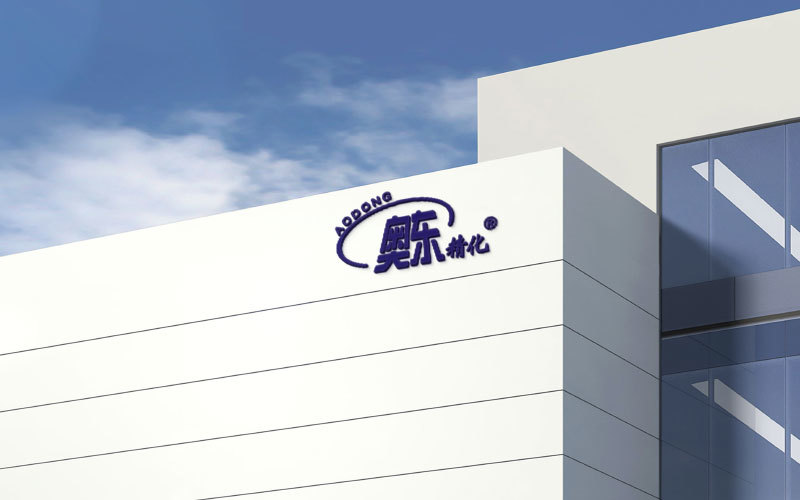30
2020
-
06
Factors Affecting the Wet Strength Effect of PAE Type Wet Strength Agent
Author:
When paper is saturated with water, the strength of the paper rapidly decreases to 3% to 10% of its original dry strength due to the destruction and replacement of hydrogen bonds between the fibers by water molecules. Adding wet strength agents can enhance the retention strength of the wetted paper, generally retaining 10% to 30% or even higher of the dry tensile strength. This depends on various process influencing factors during the addition of the wet strength agent. Below are common factors affecting the wet strength effect of PAE-type (polyamide polyamine epichlorohydrin) wet strength agents during use.
1. The impact of fiber raw materials on the effectiveness of wet strength agents. PAE has a higher wet strength effect on wood pulp than on grass pulp and recycled pulp. The higher the effective negative charge of the pulp, the more wet strength agents can be adsorbed, resulting in better wet strength effects.
2. The impact of beating degree on the effectiveness of wet strength agents. The higher the beating degree, the larger the fiber specific surface area, which increases the fiber's ability to adsorb wet strength agents, thus improving the effectiveness of the wet strength agents.
3. The impact of the addition position. Wet strength agents should not be added prematurely before the pulp reaches the required beating degree to avoid further damage to the structure of the wet strength agent during the beating process. Therefore, it is also advisable to avoid adding wet strength agents through a dynamic pump. Continuous addition is best done close to the flow box, while intermittent addition should be done in the pulp pool after refining.

Related news
Inquiry






